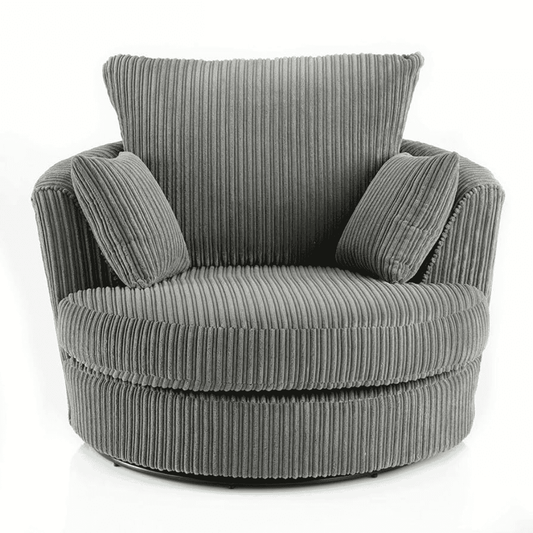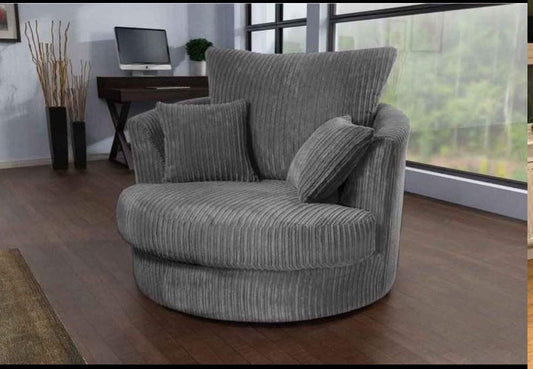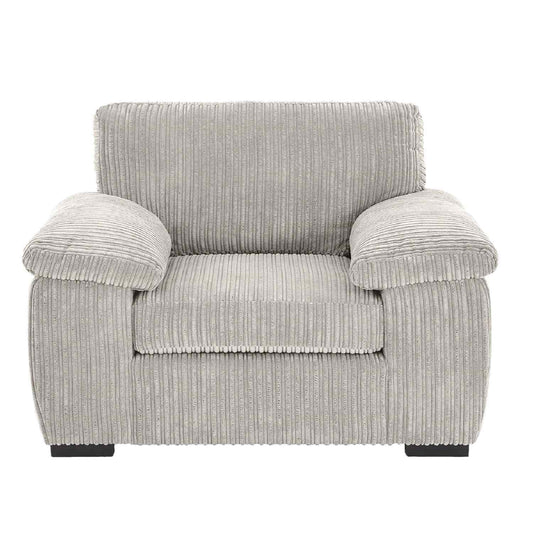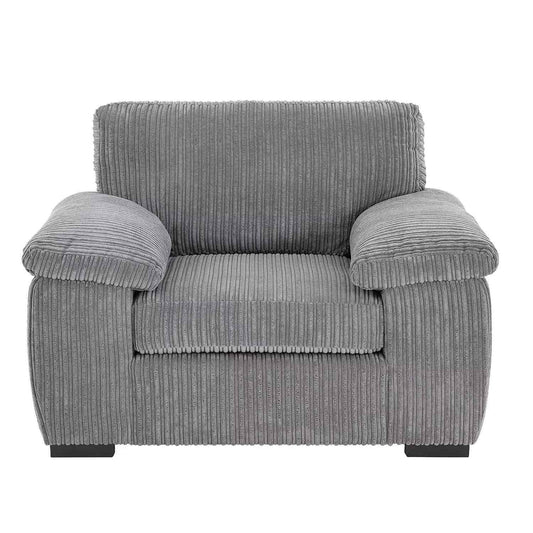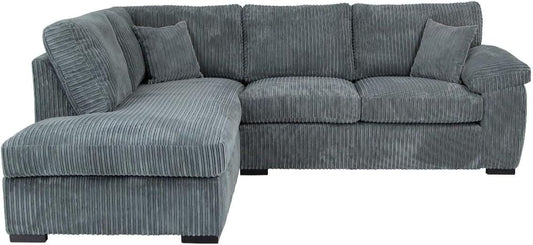The History of Sofas: From Royalty to Modern Homes By Sofa Selections
beginning of the modern sofa as we recognize it today. With the rise of the French and English upper classes, furniture design became more about comfort and less about demonstrating power. In France, the reign of Louis XV brought about the creation of the canapé, which was a longer, more comfortable version of earlier forms of seating. These canapés were upholstered with Sofas, as we know them today, are integral to our daily lives, providing a comfortable place for relaxation, socialization, and entertainment. Yet, the history of sofas traces a fascinating journey that spans centuries, from their origins as royal thrones to their widespread adoption in modern homes. The evolution of the sofa is not just a story of furniture design but also a reflection of cultural shifts, technological advancements, and changing social dynamics. From opulent seating in royal palaces to the minimalist designs found in contemporary living rooms, the sofa has transformed into a versatile and essential piece of home decor.
Early Beginnings: Thrones and Cushions
The story of the sofa begins in ancient civilizations, where the idea of comfortable, cushioned seating for the elite was first realized. In ancient Egypt, for example, royalty and nobility reclined on elaborate, raised beds or couches that were decorated with luxurious textiles. These early pieces were often used during banquets or for relaxation after a day of ruling and were crafted from wood, ivory, or other high-end materials. The design of these early pieces was not just about comfort but also about status and grandeur. These "thrones" or "reclining chairs" were often adorned with gold and precious stones.
In ancient Greece and Rome, the concept of reclining couches evolved further. Greek and Roman couches, known as klinai, were designed for reclining and were often used during social gatherings, especially for dining. These were typically long, low pieces, draped with luxurious fabrics. The Romans also made use of the sofa-like designs during banquets, where guests reclined on cushions rather than sitting upright. However, these early pieces were still reserved for the upper classes, with their intricate craftsmanship and lavish materials making them too expensive for the general population.
The Middle Ages: The Sofa as a Royal Symbol

During the Middle Ages, the sofa or couch as we understand it today did not exist in the same form. However, elements of cushioned seating can be seen in the thrones of kings and queens, which were the height of luxury at the time. These thrones were grand pieces often made of heavy wood or metal and sometimes included soft cushions for added comfort. In addition to thrones, the wealthy classes used large cushions, often laid on the floor, as a form of seating during gatherings or meals.
The design of these seats continued to evolve in medieval Europe, but they remained firmly in the realm of the elite. Peasant homes, on the other hand, featured very basic seating, often just hard benches or simple stools. The development of more comfortable and decorative seating was limited, as such luxuries were reserved for the nobility.
The Renaissance and Baroque Periods: Comfort Meets Ornate Design
The Renaissance (14th to 17th centuries) marked a turning point in the development of the sofa. During this period, there was a renewed focus on human comfort and design. The aristocracy began to embrace more comfortable and functional seating, and this trend continued into the Baroque period (17th to early 18th centuries). Sofas and chairs became increasingly common in the palaces and estates of the wealthy.
In Italy, the Renaissance saw the creation of the "cassone," a large chest with a cushioned top that could serve as both storage and a bench-like seat. This concept would gradually evolve into the "divan" or long upholstered couch. The Baroque period introduced intricate carvings, velvet upholstery, and the addition of armrests, leading to a greater focus on both comfort and aesthetics. Sofas of this time often featured high backs, ornate wooden legs, and luxurious fabrics such as brocades and silks. These pieces were considered status symbols, demonstrating wealth and taste.
The 18th Century: The Birth of the Modern Sofa
The 18th century marked the sumptuous fabrics and featured more comfortable padding, making them more inviting than earlier, more rigid pieces. This era introduced the concept of the "couch" as we know it today.
Simultaneously, in England, the 18th century saw the development of the "Chesterfield," a deep-buttoned, leather-upholstered sofa with a low back and rolled arms. This style would become a hallmark of traditional British seating and remains a classic to this day.
The 19th Century: Industrial Revolution and Mass Production
The 19th century, particularly the Victorian era, was a period of rapid change in furniture design. With the Industrial Revolution came advances in manufacturing techniques, which allowed furniture, including sofas, to be produced more affordably and in greater quantities. Upholstery became more accessible, with mass-produced springs and padding making sofas more comfortable and more affordable for the middle class.
Victorian sofas were often large and heavily ornamented, featuring dark woods and rich fabrics. The seats were often deep and plush, with elaborate carvings and decorative elements. During this time, the sofa became an essential piece of furniture in middle-class homes, and it was no longer reserved for the elite.
The 20th Century: The Rise of Functional and Minimalist Designs
The 20th century was a transformative period for furniture design, and the sofa was no exception. The early part of the century saw a continued emphasis on opulence, especially in the case of antique reproduction styles, but by the 1920s and 1930s, a new era of modernism began to take shape. Designers like Le Corbusier, Mies van der Rohe, and Charles and Ray Eames revolutionized the sofa with minimalist, functional designs. The Bauhaus movement, with its focus on simplicity and form, influenced the development of the modern sofa. Steel frames, leather upholstery, and geometric shapes became the hallmark of modernist sofas.
Post-World War II, the demand for comfortable, affordable, and durable sofas surged as middle-class families embraced a more relaxed, family-oriented lifestyle. The mid-century modern movement, characterized by clean lines, wood legs, and vibrant fabrics, dominated furniture design. Sofas became sleeker and more versatile, with the sectional sofa, a modular and customizable option, gaining popularity in the 1950s and 1960s. These designs reflected a shift toward casual, family-centered living, where the sofa was no longer just a place to sit but a central gathering space in the home.
The 21st Century: Innovation and Personalization
In the 21st century, the sofa has continued to evolve in response to changing consumer preferences and technological advancements. Today, sofas are designed not only for comfort but also for functionality, with options like reclining seats, built-in storage, and even integrated technology such as USB ports and wireless charging stations. Modern sofas are also more customizable than ever, with a wide range of materials, colors, and configurations available to suit individual tastes and lifestyles.
Sustainability has become an important factor in sofa design, with many manufacturers opting for eco-friendly materials and manufacturing processes. Additionally, ergonomic design has gained prominence, with an emphasis on comfort and support to promote healthy posture.
Conclusion: A Sofa for Every Home
From their origins as symbols of royalty to their place as central pieces in homes across the world, sofas have undergone a remarkable transformation. What began as a luxury for the elite has become a staple of modern living, reflecting the changing social, cultural, and technological landscape of society. Today, the sofa is as much about function as it is about form, offering comfort, style, and a sense of belonging to people from all walks of life. Whether it’s a luxurious leather sectional or a cozy fabric loveseat, the modern sofa has earned its place as a beloved and essential part of every home.
At Sofa Selections, we take pride in offering a wide range of high-quality sofas that combine style, comfort, and durability, ensuring that everyone can find the perfect piece for their living space. As the history of sofas continues to unfold, one thing remains clear: the sofa will always be at the heart of our homes, providing a space to relax, connect, and unwind.

